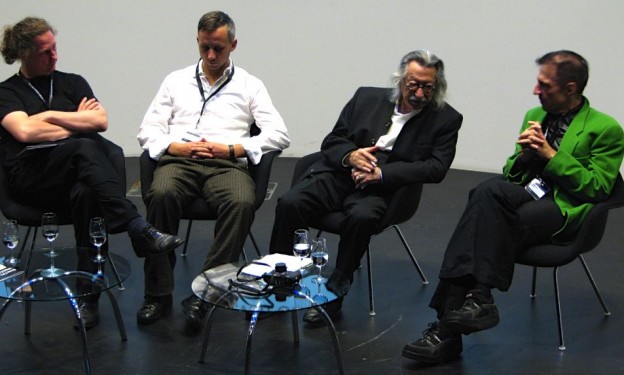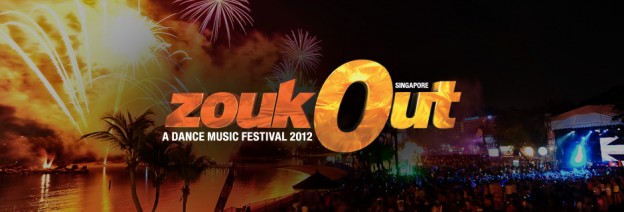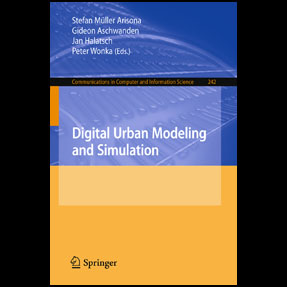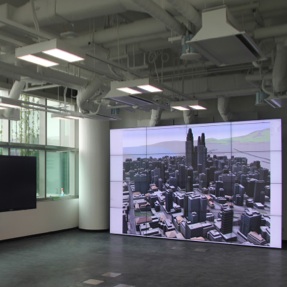As we are working hard on the preparations for Digital Art Weeks 2013, which will take place in Singapore in May 2013, our new DAW Facebook page is now online at:
https://www.facebook.com/DigitalArtWeeks
The page contains lots of materials from previous DAWs. The featured picture above is from DAW 2007 in Zurich, with Computer Pioneer and Rebel at Work Joseph Weizenbaum, ETH Professor Jürg Gutknecht, Art Clay and me, during a panel at ETH Zurich’s VisDome.





